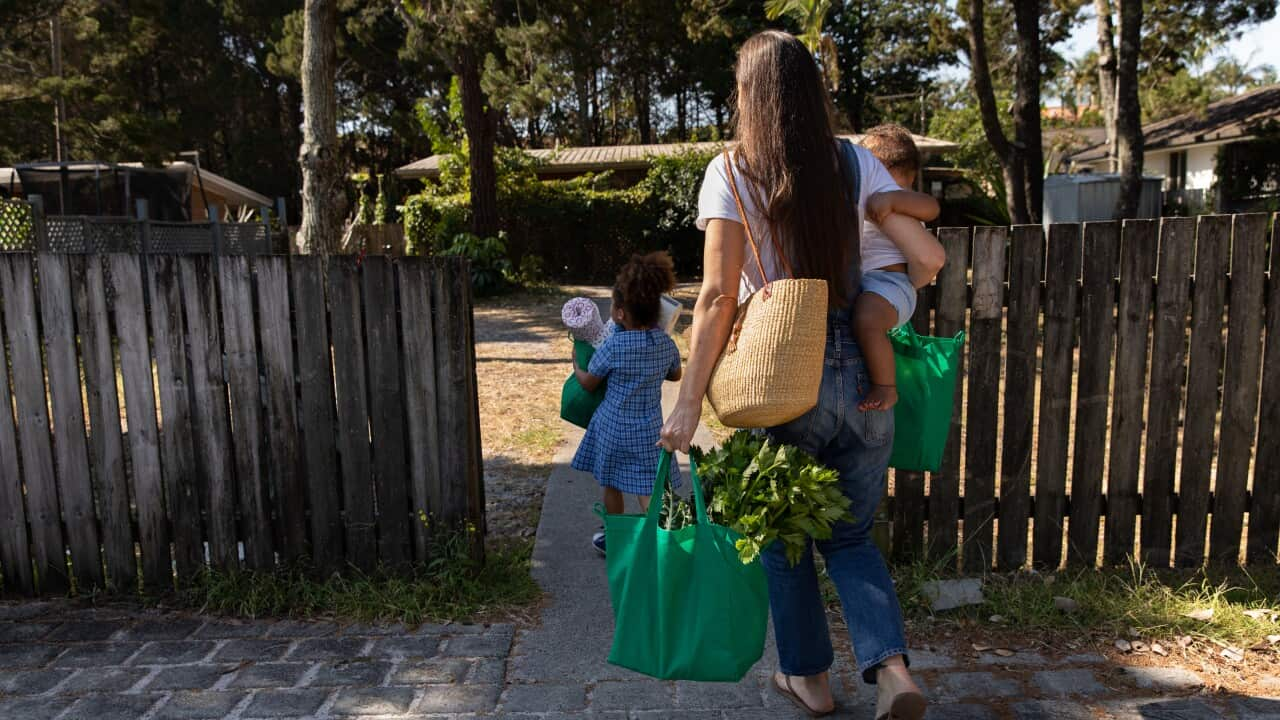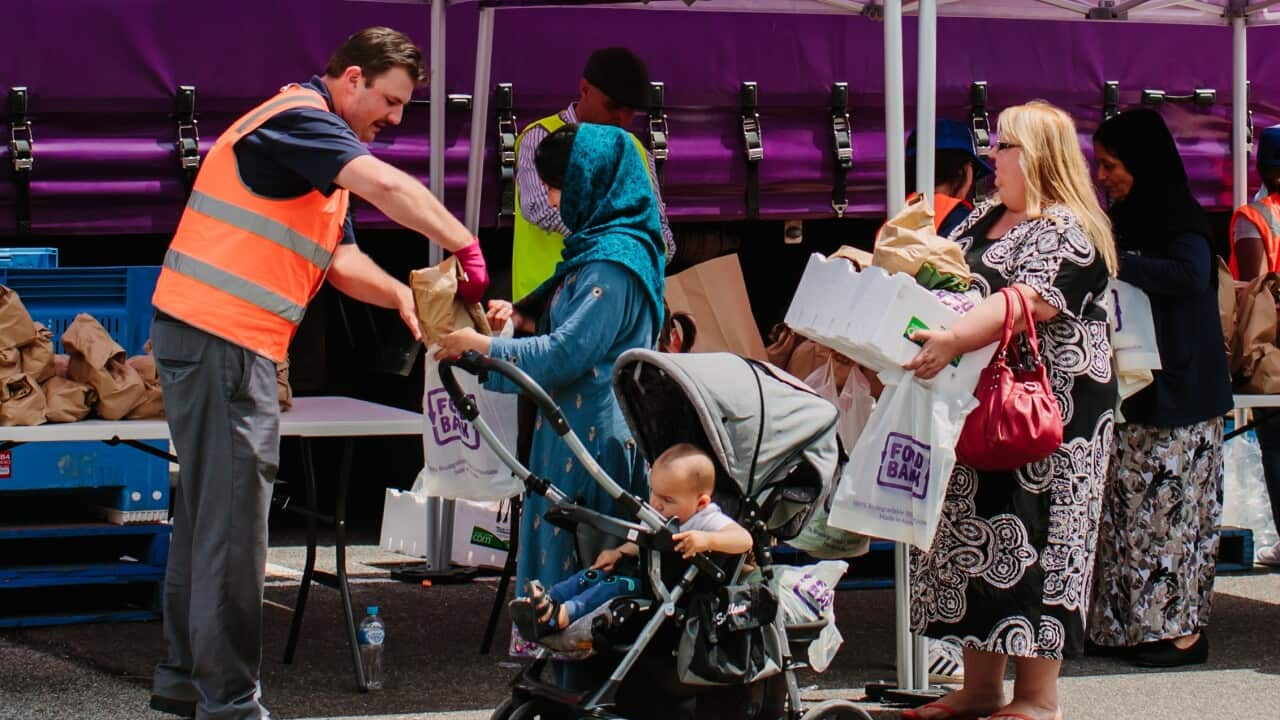Key points
- Economists predict another 0.25 percentage point rise in the cash rate to 3.1 per cent.
- Most Australians haven't been too affected by rate rises yet but that could change in 2023.
- It's expected the cash rate will peak in the first half of next year.
Interest rates are tipped to rise once more today, which could put pressure on Australians in the lead-up to Christmas, though experts say the real pain won't be felt until next year.
The Reserve Bank of Australia's (RBA) board will meet on Tuesday for the last time this year and economists predict they will raise the cash rate by another 0.25 percentage points — taking it to 3.1 per cent.
It will cause more pain for mortgage holders, particularly those on variable rate loans, at a time when are already biting.
The RBA and since then has worked at speed in . There have been in as many months, taking rates from a record low of 0.1 per cent to 2.85 per cent in November.
So how are Australians coping so far, how will another rate rise affect them this Christmas, and why is 2023 looking like such a difficult year for so many?
How are Australians coping right now?
The September quarter marked the second straight quarter that increased. More than one in three Australians experienced some form of hardship and one in five believed they are struggling to make ends meet, according to NAB's Consumer Insights report, released in November.
But despite rising interest rates, the least common causes of hardship included being unable to meet mortgage, credit card, or personal loan repayments, which suggests interest rate rises are not hitting Australians too hard.
"Australians overall continue to believe they are coping quite well making ends meet," the report noted. "When asked to rate the extent they felt they were struggling to make ends meet, on average they scored a modest 4.4 points out of 10 (where 10 signals they are struggling ‘very much’). This was unchanged from the previous quarter."
Retail data, another indicator of how Australians are fairing, is mixed. The Australian Bureau of Statistics Retail Trade report, released in October, shows trade fell 0.2 per cent month-on-month but rose 12.5 per cent compared with October 2021, though this increase most likely reflects inflation, with people are having to spend more to buy the same thing.

The RBA has made seven consecutive interest rate rises since May. Source: AAP / Dean Lewins
Catherine Birch, a senior economist at ANZ, told SBS News "most types of financial hardship remain at or below pre-pandemic levels" but warnted the worst is yet to come.
"Financial hardship will worsen over coming quarters with higher rates and higher inflation. And the averages can hide significant discrepancies – homelessness rates and demand for community services are rising."
How and when will another rate rise affect Australian households?
A 0.25 percentage point rate hike for a household with a $500,000 mortgage could see costs increase by around $900 per month or $10,000 per year.
"That's going to cause quite a lot of pain," AMP chief economist Shane Oliver told SBS News. "It's going to be quite a dampener on consumer spending and this has a magnified effect at Christmas time."
Nevertheless, most Australians haven't been too affected by rate rises quite yet or are only just starting to feel them, given there's a lag of two to three months between an RBA decision and the banks passing it on.
Around 35 per cent, or 3.3 million Australian households, have a mortgage, according to government figures, and a third of them are on mortgages that are fixed or have a fixed component.
This means they're yet to feel the screws tighten, though a shock could be on the way.

Economists say the cash rate could rise twice more in 2023, peaking in the first half of the year. Source: SBS News
"That will lead to more of a pullback in spending in the second half of next year."
Those on variable rate mortgages are also weathering the storm okay if they've had their mortgage for many years and made extra repayments before rates started rising, Ms Birch added.
"A lot of people have been getting further and further ahead on their mortgage and building up their offset accounts as well," she said.
"Savings are a lot higher, so there are buffers in place."
Mr Oliver said it will be younger Australians who will be most affected by another rate rise.
"The most vulnerable tend to be younger people who got into the market more recently in their late 20s, 30s and early 40s. And that group tends to change their spending the most in response to events like higher interest rates or changes in their income.
"Older Australians are not as vulnerable," he added. "They tend to be investors or their mortgage is well and truly under control. And they don't tend to change their spending habits as much."
How much longer will the cash rate keep rising?
After today's projected rate hike, economists forecast a further two increases to the cash rate in 2023 and a peak in the first half of the year.
The RBA board doesn't meet in January, but another rate hike is likely in February.
Mr Oliver thinks this "will be close to the top", which means that, with the lag, consumers will feel the worst pain in Q2.
Ms Birch at ANZ expects the cash rate to peak at 3.85 per cent in May, and then stay on hold for a while.
"Our view is that there's quite a bit of momentum in inflation," she said. "The RBA needs to slow demand enough for supply to catch up and bring inflation back down."
How bad could things get?
The strong labour market is a good sign that Australians can weather the storm, Ms Birch said.
"As long as most people who want a job have a job, or can find one pretty quickly, they're much more likely to be able to keep spending and keep making their repayments," she said.
"It's really hard to see a sharp deterioration in the Australian economy if that's the case.
"I do think growth is going to slow down quite a bit more next year and into 2024, but we're not expecting things to fall off a cliff, and a strong labour market is a really important part of that."
But Mr Oliver said employment, job openings, job vacancies and employment "is often a lagging indicator".
Rate rises may affect people's confidence and if spending slows down too much, companies eventually have to adjust their employment to lower levels of demand, he said.
"If people default on their loans or have to sell their house, then there would be a much greater risk of recession. Next year, I think it's inevitable we have a bit of that, but you don't want too much of it," he said.











